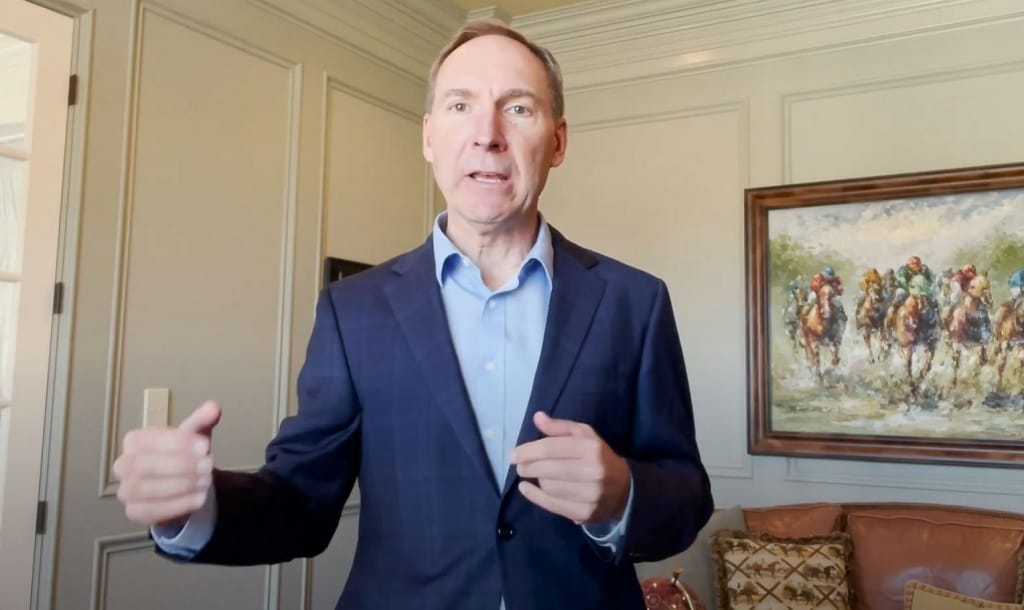Industry and Non-Profit Groups Offer Uniformly Positive Views of Broadband Bill’s Passage
Largest single federal investment ever in broadband will enable communities to invest in fiber as critical infrastructure, says industry group.

WASHINGTON, November 6, 2021- Industry groups cheered by the House’s passage of the bipartisan infrastructure legislation and offered uniformly positive reactions in statements issued on Saturday morning and early afternoon.
Amid $1.2 trillion of spending in the Infrastructure Investment and Jobs Act, H.R. 3684 allocates $43 billion for broadband infrastructure, and an addition $23 billion for projects and funding bearing upon digital inclusion and broadband’s impact.
“This is the largest single federal investment in broadband, and it will enable communities across the country to invest in fiber as their critical infrastructure, delivering jobs, economic development, online education, remote healthcare, public safety, smart grid modernization and a path to future services, such as 5G,” said Gary Bolton, CEO of the Fiber Broadband Association. “This investment will not only greatly improve nearly every aspect of our lives today but will help ensure digital equity for generations to come.”
Jonathan Spalter, CEO of US Telecom, highlighted the fact that the $65 billion in funding doesn’t come in in a vacuum.
“If you boil it down, this plan is actually the federal government (working with states) smartly leveraging nearly two trillion dollars, relentless innovation, expertise, and the sweat equity of broadband providers in every corner of the country over the past 25 years,” said Spalter.
He said the plan highlighted the importance of private-sector investment in broadband deployment. The model — “with targeted public support in unserved or hard to reach communities – is the key to achieving 100 percent connectivity,” he said.
Similarly, cable association CEO Matt Polka praised the way the bill “targets deployment of funding in a technologically neutral way to where it is most needed — to unserved and underserved areas — with a robust challenge process to limit overbuilding.” He also praised the funding for low-income connectivity.
Wireless Internet Services Provider Association CEO Claude Aiken praised the bill, saying that it “will help community-based and Tribal providers get all Americans online, bridging the stubborn digital divide which thwarts the prosperity and welfare of millions who go without internet access.”
Non-profit groups praise funding, but warn of lower monthly benefit
“As advocates for affordable broadband, we are thrilled to see the $14.2 billion investment to extend the Emergency Broadband Benefit created in the COVID-19 relief bill,” including the bill’s digital equity initiative, said Chris Lewis, CEO of Public Knowledge.
While the measure “makes great first strides in making broadband more available and affordable for millions of consumers across the country,” he said, “the reduction of the low-income broadband subsidy from $50 to $30 is disappointing.”
“Never before have we seen such a meaningful congressional investment in closing the digital divide for people who may already have high-speed internet networks available in their neighborhoods, but who still cannot afford to connect,” said Matt Wood, Free Press Action vice president of policy
“Millions of people in that predicament simply can’t pay the high price to get connected without the kind of robust financial support this bill offers,” he said.
Consumer Reports’ Senior Policy Counsel Jonathan Schwantes highlighted several benefits and attributes championed by the non-profit entity, including:
- $42.5 billion for broadband infrastructure and the deployment of grants to be distributed to the states and territories with a focus on unserved and underserved markets.
- Requirement of a low-cost option to be offered by providers who take federal grant money.
- A consumer broadband label that internet service providers must provide for all service offerings. The broadband label will serve as a standardized, easy-to-read broadband label that will include pricing information, additional fees, promotional discounts and length, and performance information (i.e., expected speeds).
- $14.2 billion to extend the Emergency Broadband Benefit program that will now be the Affordable Connectivity Program (administered by the FCC).
- Restrictions on upselling or restricting the use of the benefit to particular service offerings.
- $2.75 billion over the next five years to fund grants programs to boost digital equity, inclusion, and literacy programs.
- A call to end the practice of “digital redlining” to provide greater access to high-speed internet for lower-income areas. The Federal Communications Commission is tasked to conduct a rulemaking on this issue in the next two years.
Consumer Reports also highlighted their project “Let’s Broadband Together,” designed to investigate the state of internet access throughout the country.










Member discussion